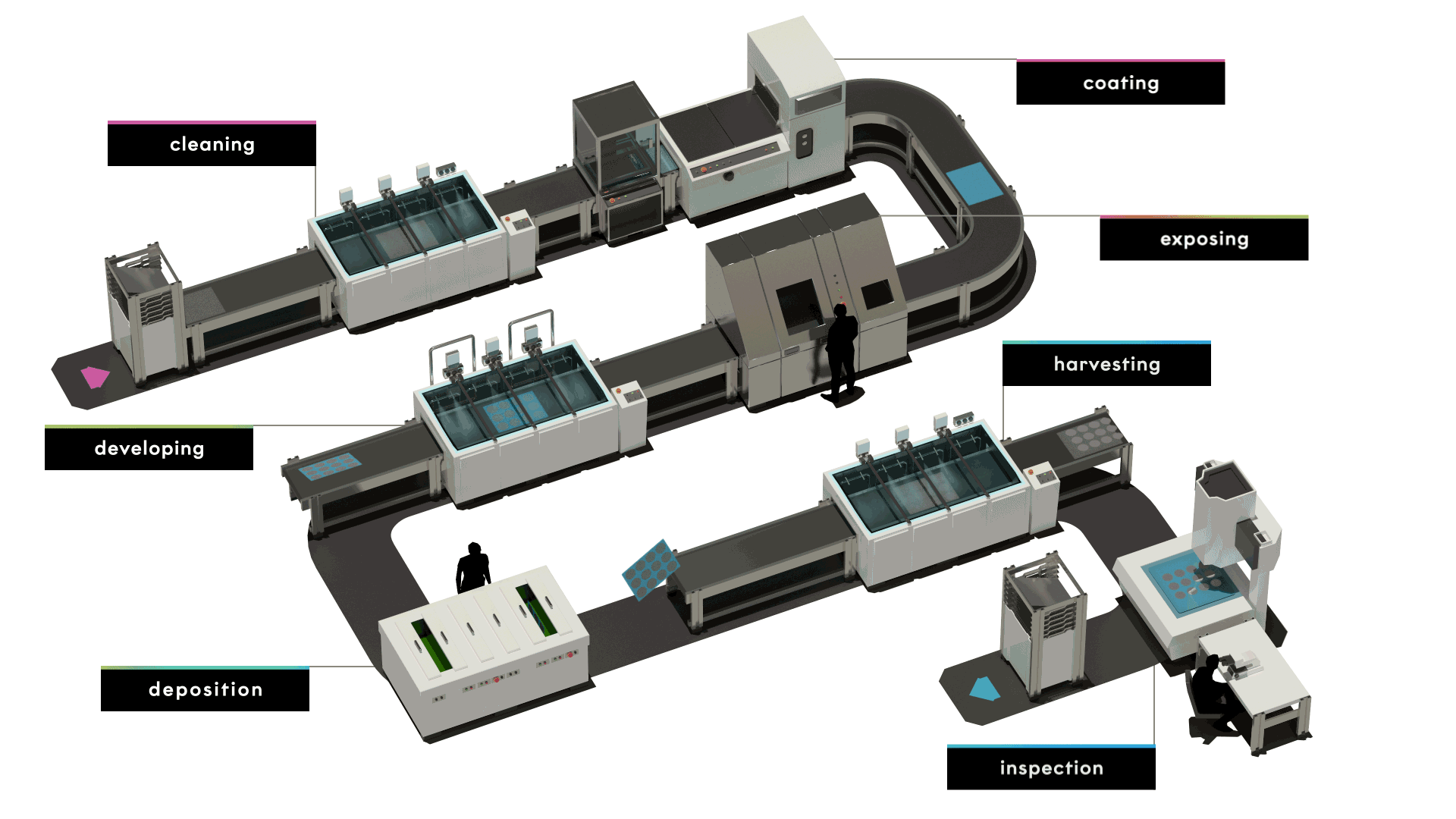Electroformed micro diaphragms empowering next-gen miniature applications
Jun 7, 2024 10:05:00 AM By Hua FanMicro-scale diaphragms are critical components in a wide range of applications, including sensors, actuators, valves, pumps, and microfluidic devices. These thin, flexible membranes play a crucial role in converting various forms of energy, such as sound waves, pressure changes, or mechanical motion, into electrical signals or physical displacements. The performance and reliability of these devices heavily rely on the precision, durability, and responsiveness of the metal diaphragms, making their design and manufacturing process critical for diverse industries, such as consumer electronics, healthcare, automotive, aerospace, and industrial automation.
As technology advances and the demand for miniaturization and enhanced performance grows, the need for high-precision, customizable, and reliable micro-scale diaphragms has become increasingly important. Electroforming, a highly precise and versatile manufacturing process, has emerged as a superior solution for creating ultra-thin, complex, and high-performance diaphragms that cater to the unique requirements of various applications.
Challenges in manufacturing micro-scale diaphragms
Manufacturing micro-scale diaphragms presents a number of challenges due to the small dimensions, strict tolerances, and high precision required for their proper functioning. To ensure optimal performance and reliability in various applications, several key factors need to be taken into consideration, namely materials, thickness, geometry, environmental influence, and production method.
- Material: The choice of material for the diaphragm significantly impacts its mechanical, thermal, and chemical properties. Materials with high strength, low mass, and excellent stability are typically preferred. Common materials used for micro-scale diaphragms include nickel, nickel alloys, copper, gold, titanium, etc.
- Thickness: The thickness of the diaphragm directly affects its sensitivity, response time, and mechanical behavior. Ultra-thin diaphragms offer improved sensitivity and faster response times but may be more susceptible to damage or deformation. Precise control over the diaphragm thickness is essential for achieving the desired performance characteristics.
- Geometry: Common diaphragm shapes include circular, square, or rectangular membranes, as well as more complex forms like corrugated or multi-layered structures. Micro-scale diaphragms often require complex geometries, fine features, and integrated structures to enhance their functionality and performance.
- Environmental factors: Micro-scale diaphragms may be exposed to various environmental factors, such as temperature fluctuations, humidity, corrosive chemicals, or mechanical stress, depending on the application. Ensuring the diaphragm's stability, durability, and performance under these conditions is crucial for reliable operation.
- Production method: Several manufacturing processes can be used to produce miniaturized thin metal diaphragms, including Electroforming, Chemical Etching, and Laser Cutting. Chemical Etching can produce diaphragms with complex shapes and fine features, but it is less precise than Electroforming. With Laser Cutting, some processes can produce very thin metal diaphragms at high precision levels, but it might not be the most cost-effective option for large-scale production. When it comes to high-precision micro-scale diaphragms, Electroforming is the ideal solution, from prototyping to mass production.
Electroformed high precision diaphragms: solutions for next-gen miniature applications
Electroforming is a precise and versatile process for creating thin metal parts with intricate geometries. It provides high-precision micro diaphragm solutions for a wide range of applications, especially next-gen miniature solutions. With Electroforming, high-precision diaphragms can be made with benefits including ultra-thin construction, complex geometries, ultra-smooth surfaces, and excellent mechanical properties.

Key features of Electroformed micro diaphragms
- High precision and accuracy: Electroforming is a highly precise and well controlled process that can produce miniature diaphragms with intricate geometries and tight tolerances. The feature size of Electroformed diaphragms can be controlled down to the micron level, with accuracy as high as ±1 µm.
- Ultra-thin diaphragms: Electroforming allows for creating diaphragms with thicknesses down to 5 µm. Ultra-thin diaphragms offer improved sensitivity, faster response times, and reduced mass, which are crucial for applications requiring high-speed actuation or detecting subtle changes in pressure, sound, or other stimuli.
- Design flexibility: Electroforming enables the creation of diaphragms with complex shapes, fine features, and integrated structures in a single, seamless process. This flexibility allows for the optimization of diaphragm performance based on specific application requirements, such as sensitivity, frequency response, or load capacity.
- Ultra-smooth surface: Electroformed diaphragms usually have an inherently smooth surface finish, which can be advantageous for reducing friction and improving the diaphragm's acoustic properties.
- Durability and Reliability: Electroformed micro-scale diaphragms exhibit excellent mechanical properties, such as high strength, high hardness, and superior resilience. These properties ensure the long-term durability and reliability of the diaphragms, even in demanding operating conditions or harsh environments.
* Disclaimer: Technical specifications and feasibility are subject to variation on a case-by-case basis. Learn more about technical capabilities by checking our design guideline.
